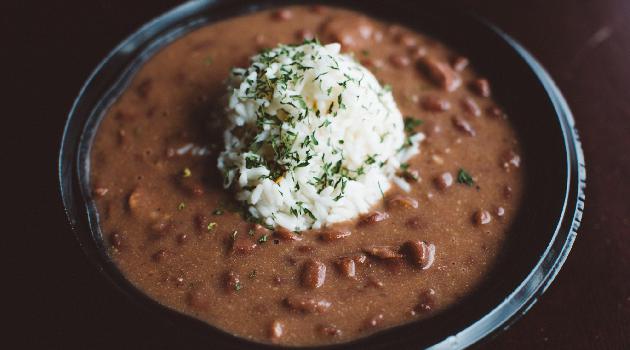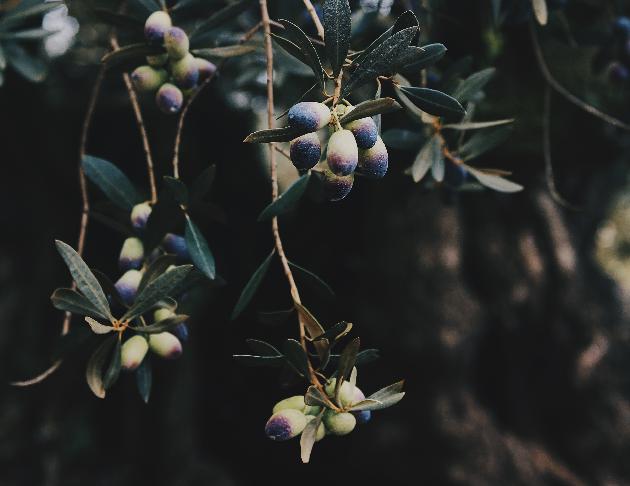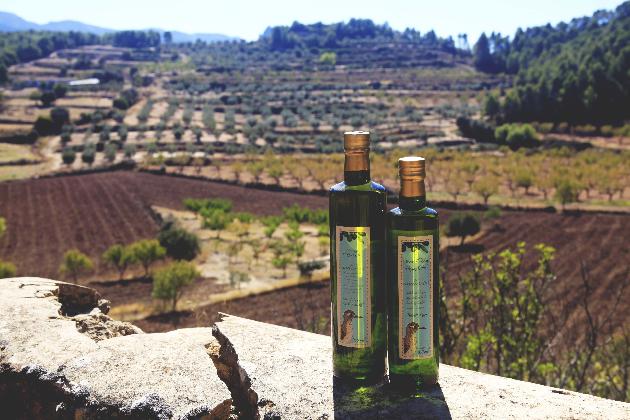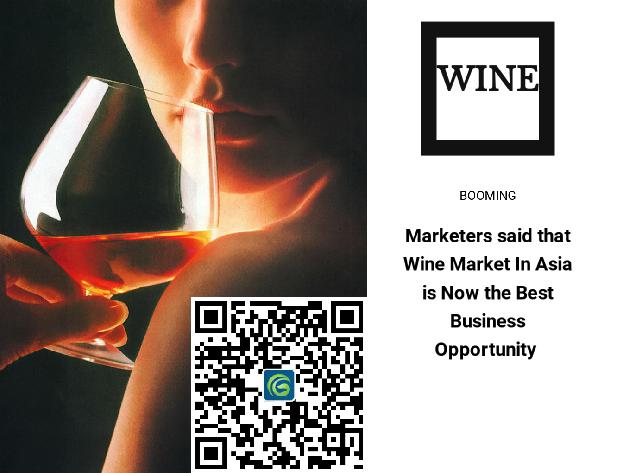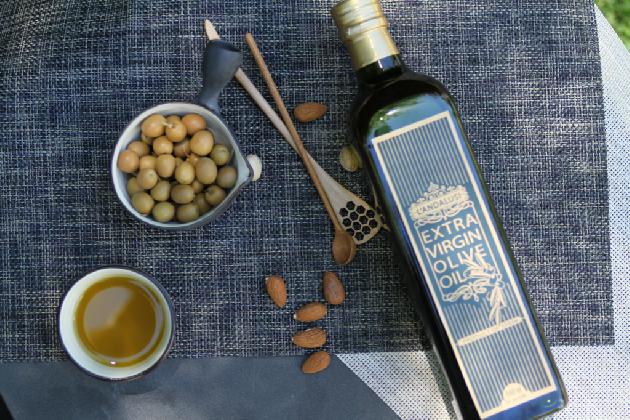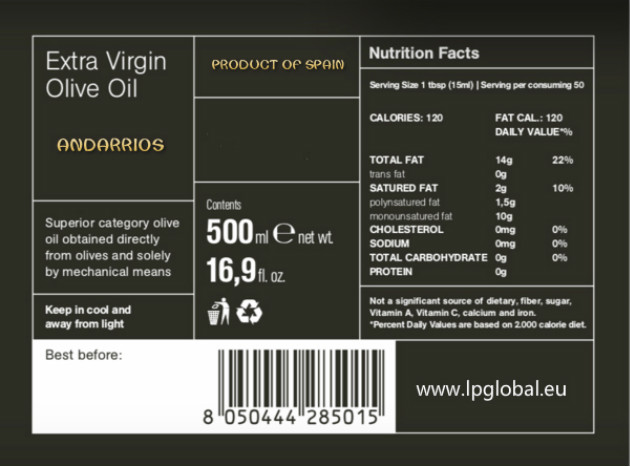Vegetal Protein
Have you heard about the vegetable protein? Proteins, in general, are nutrients that the body uses for the growth and repair of tissues and for the synthesis of enzymes and hormones. Depending on the origin of these proteins we can talk about vegetable protein (seeds, legumes, tofu, seitan …) or animal protein (meat, fish, egg, dairy). Vegetable protein increasingly gains more ground, thus decreasing the excessive consumption of meat, fish or eggs. In this post we will analyze one of the main sources of vegetable protein, legumes. Comparing with other farinaceous plants, dried vegetables provide 4 times more protein than rice and double that of quinoa and if we compare them with some animal proteins, the result would be: Ration Food Amount of Protein100-125g Veal, loin, chicken 20-30 grams100g Hake, cod 12-17 grams60g 1 Egg 13 grams200g Boiled lentils 15-20 grams Although the amount of protein provided is similar, it must be taken into account that the vegetable protein is incomplete and of less biological quality, since it does not provide all the essential amino acids. But … There is a simple solution! What we have to do to get protein of high biological value is a successful combination of foods rich in plant proteins. For example: Combinación Example recipe to get complete proteinLegumes rice or pasta Lentils stewed with vegetables and brown riceLegumes nuts seeds Salad of vegetables, chickpeas, raisins, chia seeds andseeds, with extra virgin olive oil dressing. These recipes with legumes and well-seasoned with extra virgin olive oil give us, apart from complete protein, certain essential nutrients such as fiber, vitamins, minerals and very low content in saturated fat, cholesterol, simple sugar and salt. So…! Go ahead and try them and add vegetable protein in your diet!
